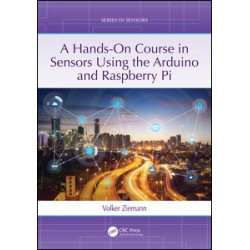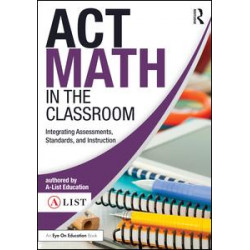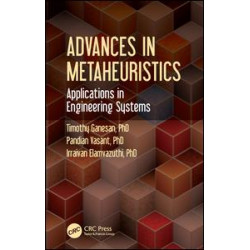
From the Foreword
"Getting CPS dependability right is essential to forming a solid foundation for a world that increasingly depends on such systems. This book represents the cutting edge of what we know about rigorous ways to ensure that our CPS designs are trustworthy. I recommend it to anyone who wants to get a deep look at these concepts that will form a cornerstone for future CPS designs."
--Phil Koopman, Carnegie Mellon University, Pittsburgh, Pennsylvania, USA
Trustworthy Cyber-Physical Systems Engineering provides practitioners and researchers with a comprehensive introduction to the area of trustworthy Cyber Physical Systems (CPS) engineering. Topics in this book cover questions such as
- What does having a trustworthy CPS actually mean for something as pervasive as a global-scale CPS?
- How does CPS trustworthiness map onto existing knowledge, and where do we need to know more?
- How can we mathematically prove timeliness, correctness, and other essential properties for systems that may be adaptive and even self-healing?
- How can we better represent the physical reality underlying real-world numeric quantities in the computing system?
- How can we establish, reason about, and ensure trust between CPS components that are designed, installed, maintained, and operated by different organizations, and which may never have really been intended to work together?
Featuring contributions from leading international experts, the book contains sixteen self-contained chapters that analyze the challenges in developing trustworthy CPS, and identify important issues in developing engineering methods for CPS.
The book addresses various issues contributing to trustworthiness complemented by contributions on TCSP roadmapping, taxonomy, and standardization, as well as experience in deploying advanced system engineering methods in industry. Specific approaches to ensuring trustworthiness, namely, proof and refinement, are covered, as well as engineering methods for dealing with hybrid aspects.

















